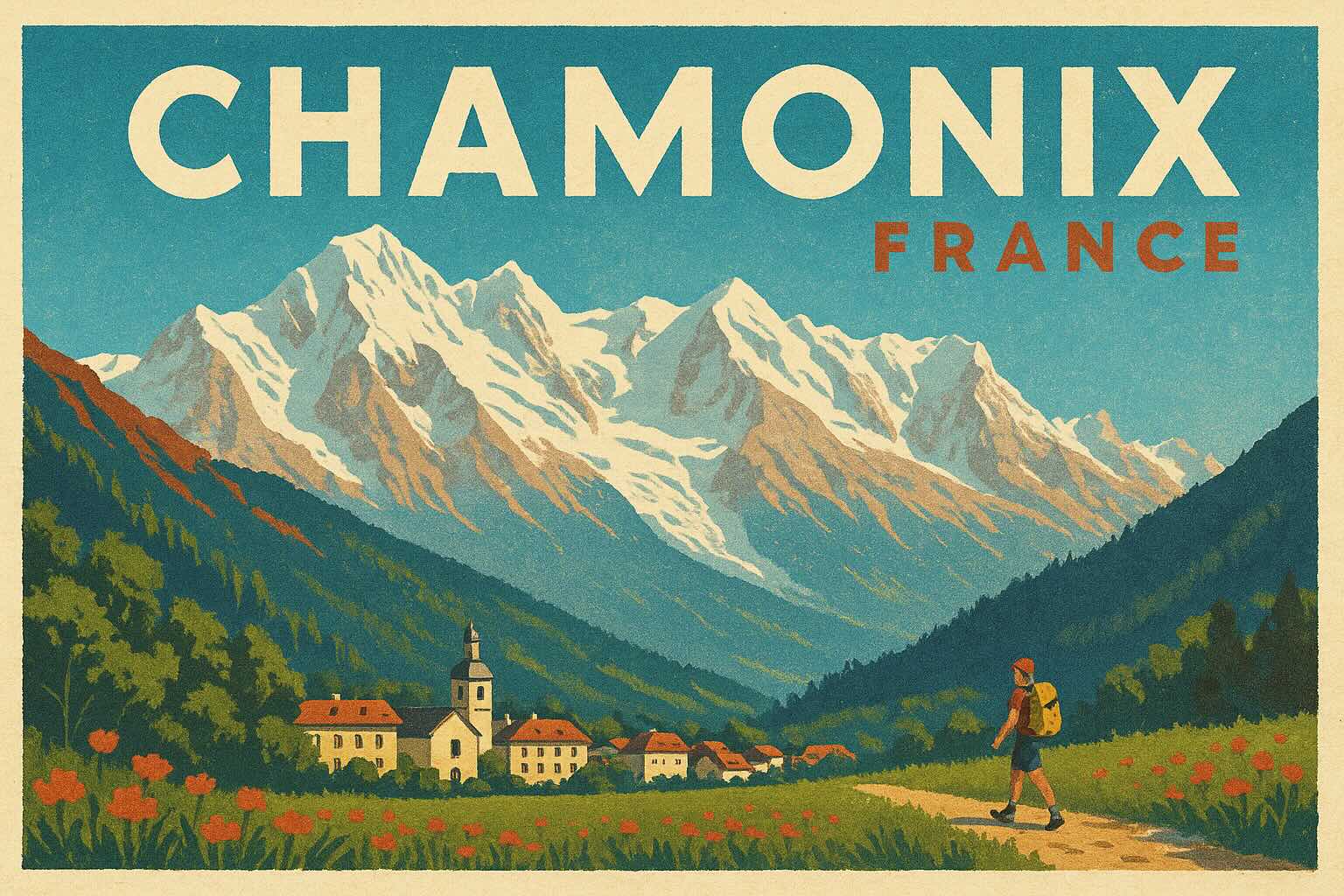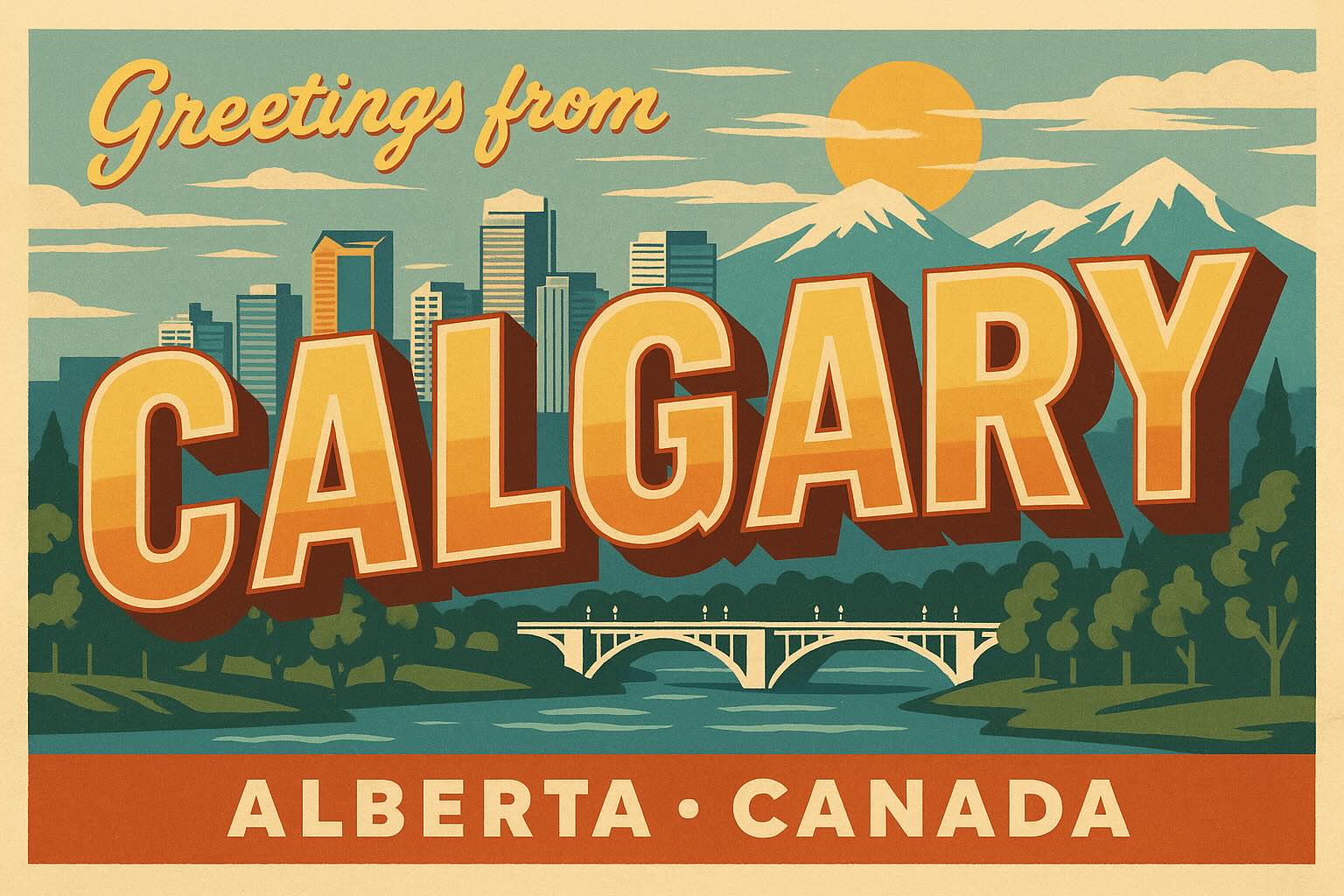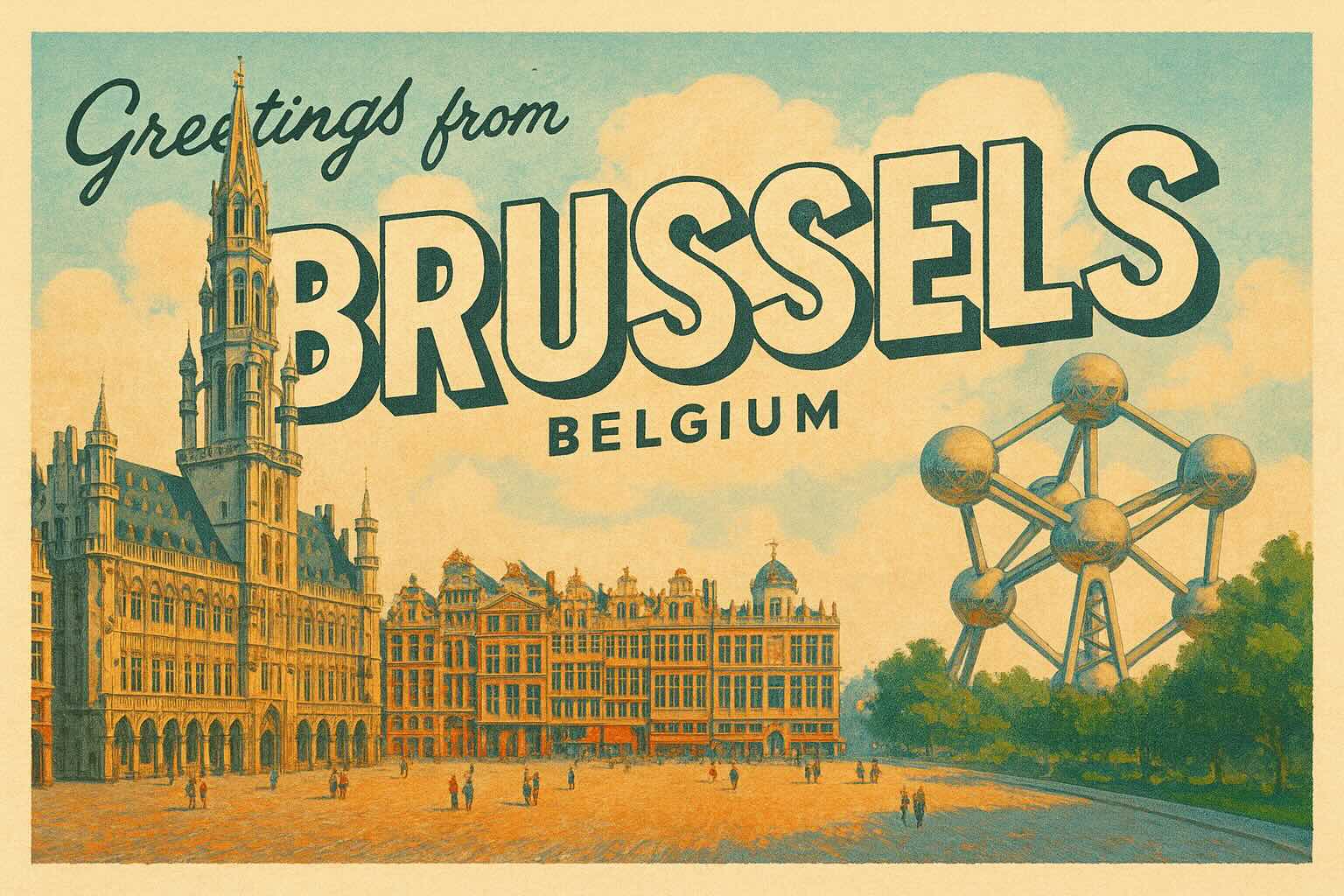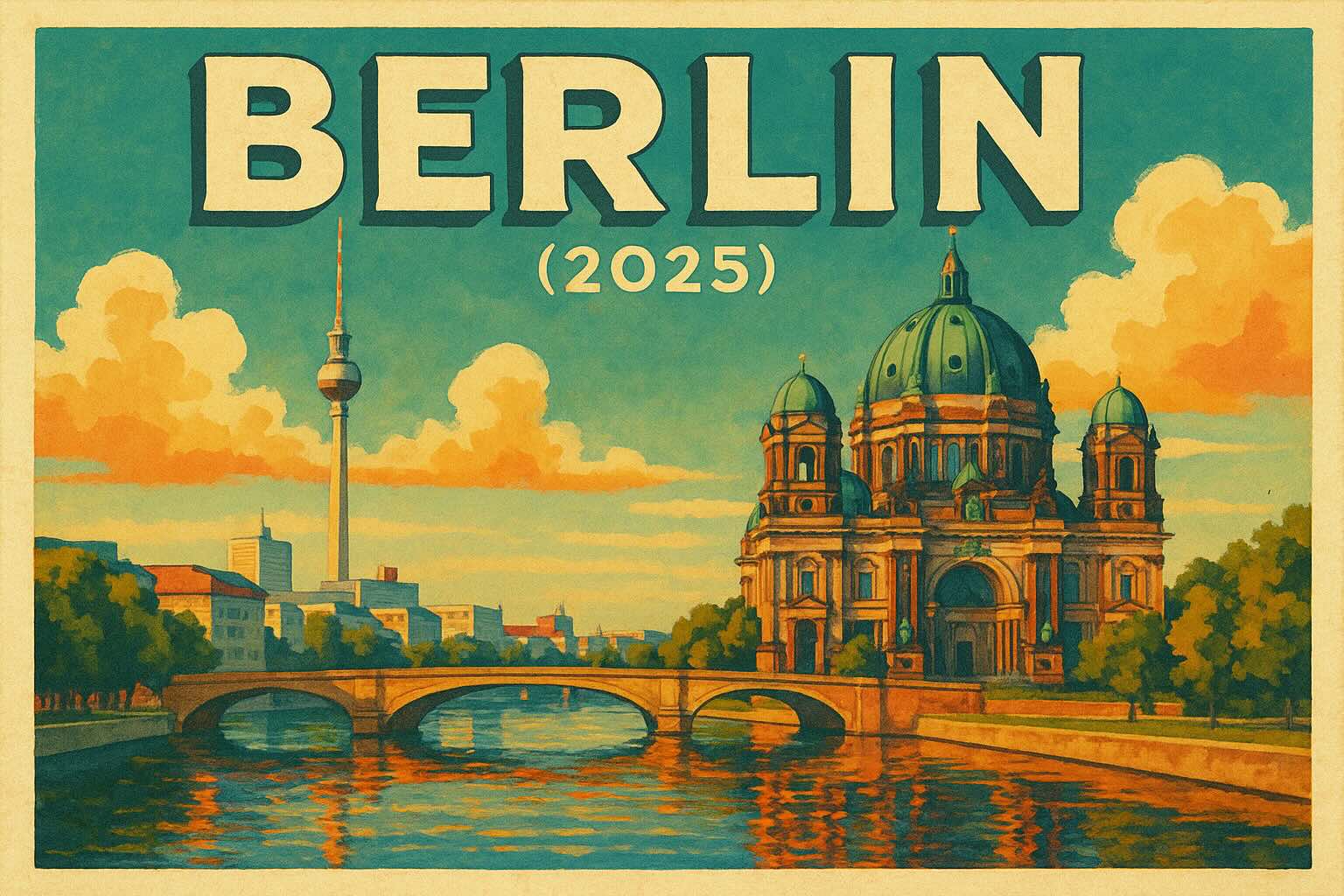
About the Author
Ricardo Gil is an experienced consultant in organizational development and relationship management, based in Bizkaia. In love with his hometown of Bilbao, he emphasizes his personal commitment to the region's growth. His perspective offers a unique and authentic insight into how locals live and shape their city's identity. A Bilbao far beyond the famous Guggenheim Museum!!!
Bilbao’s Food Markets – It All Starts at Km0
Globalisation has brought many benefits to our lives: access to products and services from around the world, greater competitiveness, better knowledge of other cultures, and more opportunities to learn from one another faster.
But there are also drawbacks. Today, I’d like to focus on the loss of local identity and the decline in support for local sellers. And I don’t want you to think I am against the rest of the world or open exchange. Rather, I believe that knowledge of what is local what we call Km0 is additive. Local treasures that can greatly benefit from something as global as tourism.
Km0 represents sustainability and a commitment to our producers and artisans, who are also our neighbours.
Let me take an example close to my heart. My hometown is Bilbao. Bilbao is the capital of Bizkaia, Basque Country a land of traditions, always attached to what is close. Bizkaia is a resilient land that adapted from the baserri (farmhouse) to industrialisation, with iron mining and ship manufacturing.
Now we are living through a new transformation from heavy industry to Smart Cities: a networked city whose lifeblood is services.
Bilbao is a city tailored to people. Around the business area, you can go from site to site just by walking.
Tourism brings new visitors every year, drawn by the Guggenheim Museum but captivated by the rich textures of our local life, our renowned cuisine, and that je ne sais quoi that is Basque.
A clever way to visit Bilbao and its neighbourhoods is to explore its food markets.
Carolinas, butter buns, or rice cakes are our main calling cards when it comes to sweets. You can visit temples of pastry such as Martina de Zuricalday. It is not only the oldest pastry shop, but also one of the most iconic businesses in Bilbao. Complete the visit with Arrese, Urrestarazu, and La Suiza. Their decoration alone is worth the stop.
These are just a few of Bilbao’s traditional products there are many more to discover, of course, which will make your route all the more enjoyable.
Let’s start the route!
Municipal markets like municipal schools, which will have their own space in future articles have shaped the character of the city and were very innovative for their time.
We begin our roadmap at El Mercado de la Ribera, built in 1929 by architect Pedro Ispizua. Its exterior features a variety of Art Deco ornamentation.
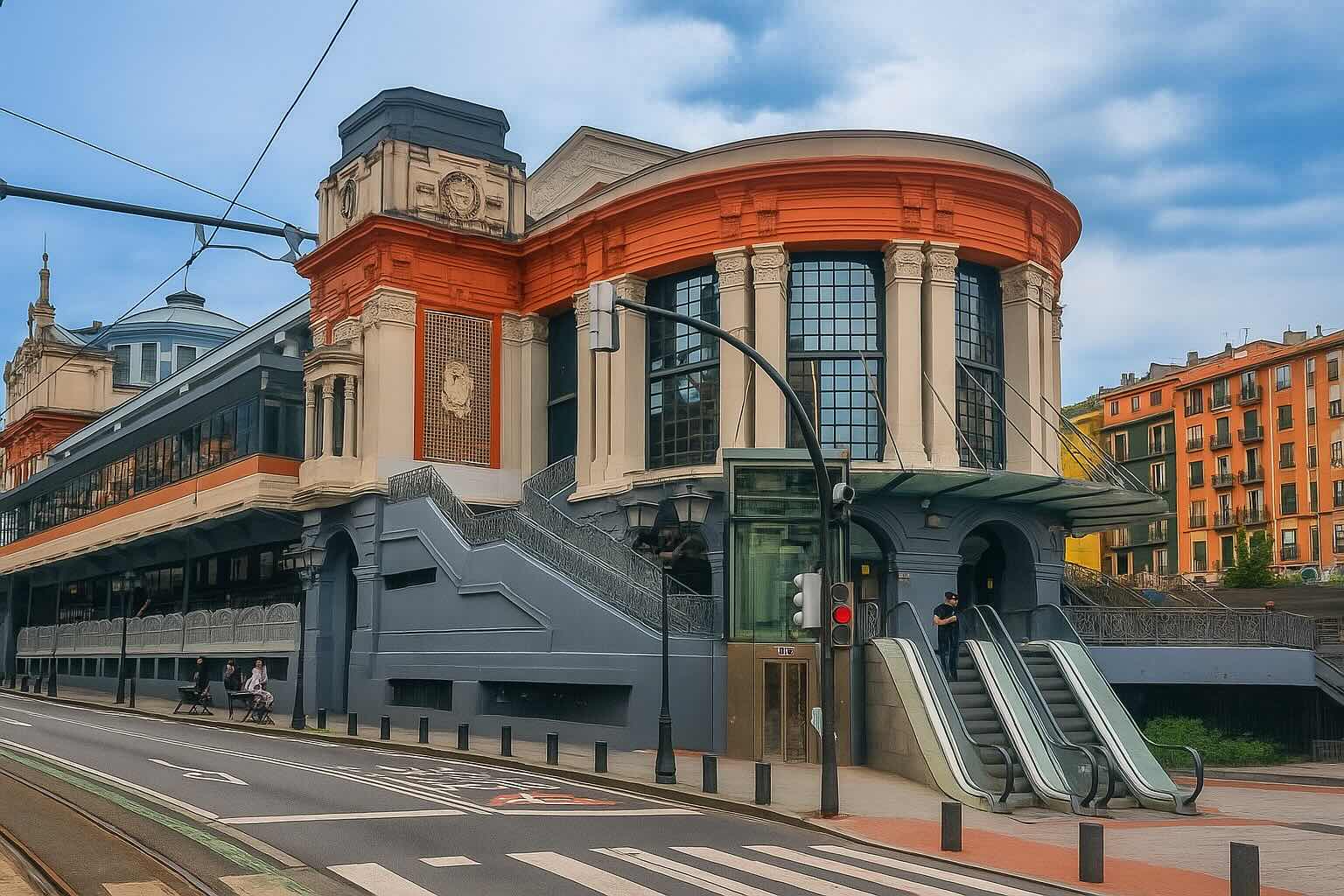
The market is a commercial hub for Bilbao. Located next to the Casco Viejo and by the estuary the same estuary that nearly destroyed the building during the floods of 26 August 1983. A year later, it was remodelled with a more functional design.
Inside, we’ll find 53 fresh produce shops spread over two floors, including 19 fishmongers, 18 butchers and delicatessens, five fruit and vegetable stalls, as well as poultry, game and egg sellers, two pickle vendors, one cheese shop, a bakery, one mushroom stall, and one for frozen goods. And if you forget something, they have an online platform which, in 2022, accounted for 10–12% of all sales.
In 1990, Guinness recognised the Mercado de la Ribera as the most complete market being the largest in terms of number of merchants and stalls, as well as the largest covered market in Europe, with its 10,000 square metres. It also has solar panels that generate 25% of its energy needs.
It is the reference market not only for Bilbao but for all of Bizkaia.
We then continue to the Mercado del Ensanche. The Ensanche was built in the 19th century to expand Bilbao. The current market building dates from 1944 and was designed by municipal architect Germán Aguirre Urrutia. Its last renovation was in 2005.
It is smaller than La Ribera a more intimate setting where merchants and customers have built relationships over many years.
The result is a building that merges tradition with a modern design tailored to the evolving needs of merchants and shoppers. It has eight stalls offering local products (fruit, meat, fish, vegetables) and the option to order online.
The building also houses a tourist office and several cultural spaces. It’s not unusual to stumble upon events taking place in its 1,053-square-metre central space during your visit.
The last central market to visit is the Labayru Market.
The Labayru Market has been operating since 1966. It covers 2,264 m² (800 m² of which is commercial space) and hosts 12 stalls offering local products that are increasingly attracting young visitors drawn to Km0 ideals.
That completes the first stage of our Municipal Market tour.
In the second stage, we’ll move beyond the centre to visit several unique neighbourhoods and their markets.
Let’s start small with just four stalls but important in the economic life of the Trauko area, which is why it’s known as el regulador (“the regulator”).
Since 1968, it has provided a local service and remains a point of pride for the Uribarri neighbourhood.
Uribarri was once a baserri (farm) area that transformed into a residential district during the industrial boom of the 1960s. Many of its streets are still named after the old baserris, like Trauko (Trauku).
It’s worth visiting Uribarri or Otxarkoaga to discover the parts of Bilbao that students or workers return to at the end of their day.
Otxarkoaga also has a market one that serves as the heart of the community with its nine stalls and lifelong customers.
Otxarkoaga is a special neighbourhood. It was once a place where families with fewer resources settled, attracted by the city’s growing industries. Initially, housing consisted of shacks in subhuman conditions. It wasn’t until the 1960s that proper apartment blocks were constructed. Today, it’s a well-connected area full of green spaces. And like Uribarri, its street names honour the old baserris.
And finally, we visit one markets just across the estuary in Deusto.
Visitors may be surprised to hear someone say, “We’re no longer in Bilbao.” That’s because Deusto was an independent municipality until 29 October 1924, when it was annexed to the city.
That independent spirit still lingers. Its market is a traditional and emblematic space, much like the University of Deusto or the Deusto Bridge, which connects the neighbourhood to the rest of Bilbao. The market has 11 stalls offering local goods, and customers maintain long standing, almost familial relationships with vendors.
There’s no time for boredom in Deusto. It’s a hub of student life, office work, and riverside strolls. It also sits just opposite the San Mamés Stadium, home to Athletic Club, which continues its tradition of only signing Basque players or those trained in Bizkaia.
Visiting the markets of a city is an excellent way to discover its heart its domestic economy and the small businesses that have learned to sell online, yet still believe in personal connections.
It’s the honest heart of the city and where it all begins, at Km0.
See you in Bilbao!
Ricardo Gil
Author
Ricardo Gil is a contributor to BestCityIndex with expertise in urban development and global city trends.
Stay updated with our latest insights and city rankings.

Introduction:The aroma of aged wheels, bubbling fondue, and freshly baked bread for cheese lovers, Europe is a true paradise. Here are five cities where cheese...
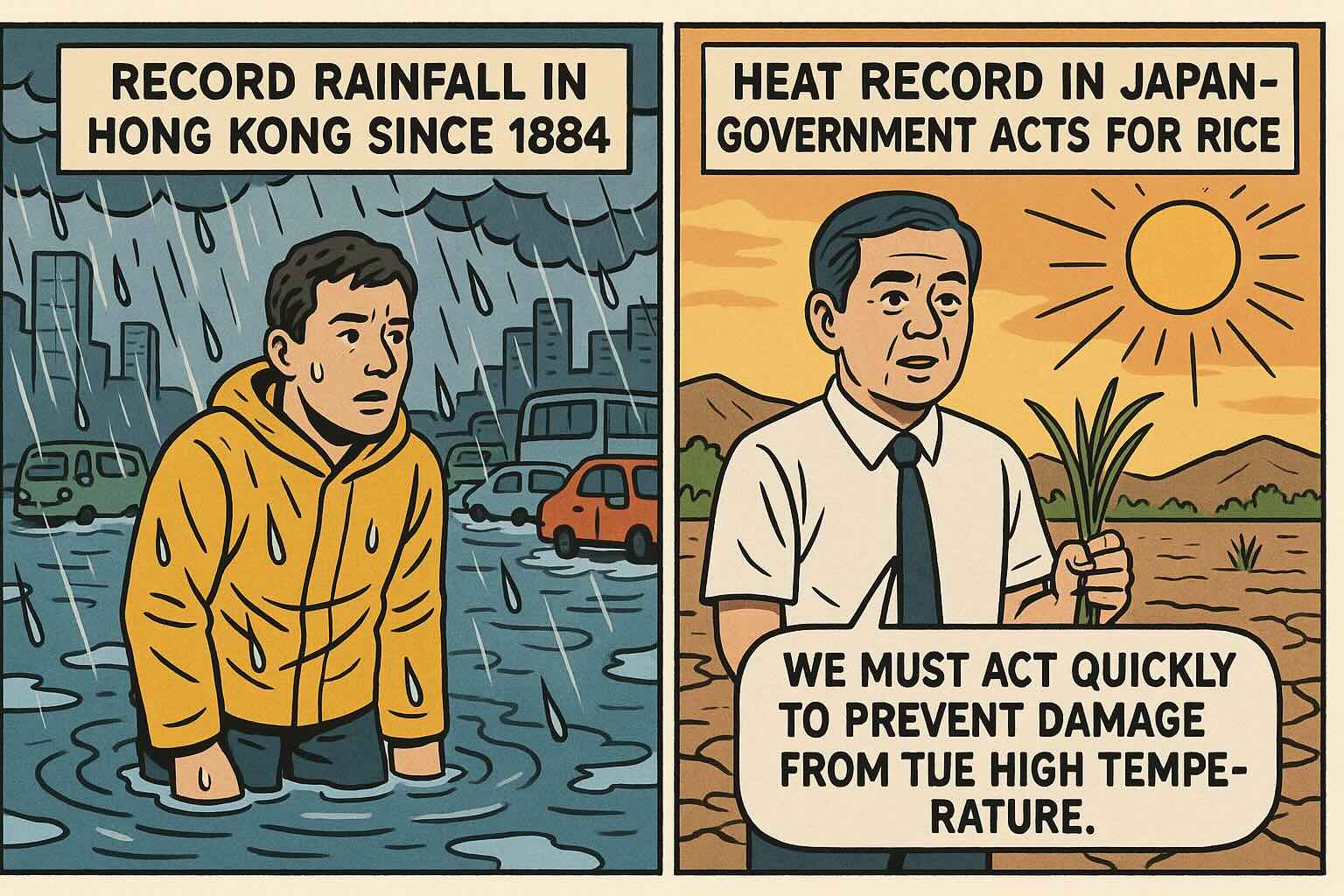
Date: 5 August 2025Source: AFP, Reuters, Local Weather AuthoritiesReading Time: 3 minutesIntroductionIn just one week, Asia has faced two stark climate...
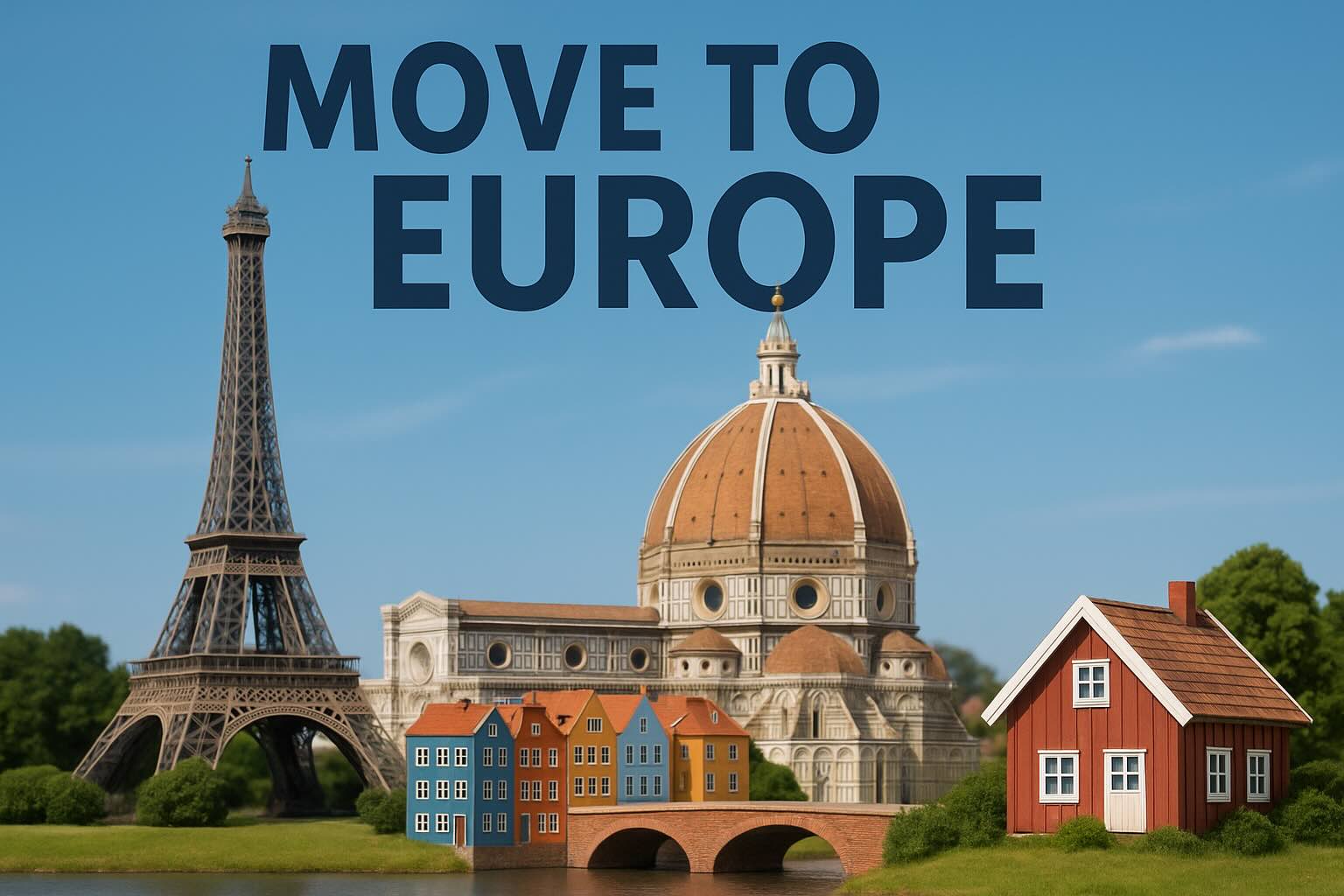
Moving to Europe: Pros and Cons by Country for Work, Retirement, Education & Lifestyle Part 1.Moving from the United States to Europe is an exciting...

